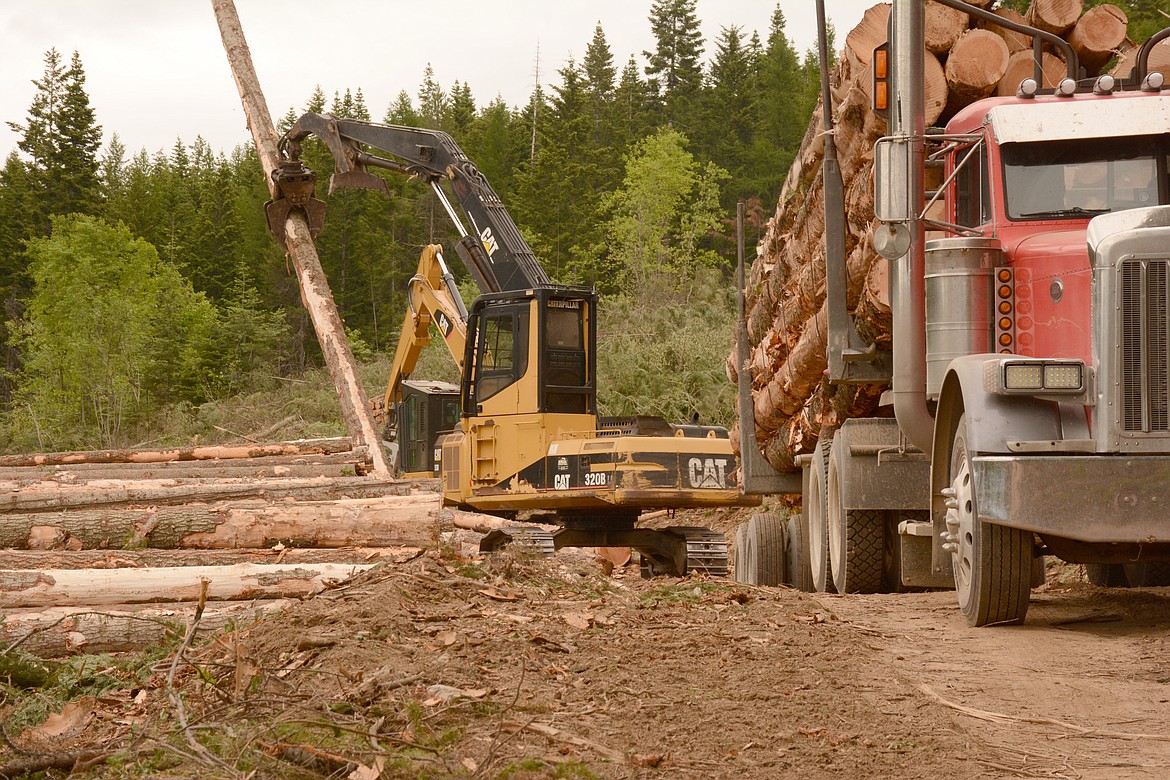Idaho's roads, schools benefit from timber sales
National forests continue to be a source of income for Idaho's counties — even if it isn't as much as it has been in the past.
One-fourth of the gross revenue from timber sales, grazing permits and leases, recreation fees, power line rights of way, special use permits and other sources is returned to the counties through the state treasury.
According to the formula in the state of Idaho, counties receive their share prior to credits that timber purchasers receive for construction roads and before costs incurred for reforestation activities.
The payments are made to the states from each national forest. Then the money is apportioned to the counties according to the proportion of acreage of each national forest found in each of the state's counties.
An additional 10 percent of the revenues are available to the U.S. Forest Service for construction and maintenance of the forest roads and trails from which the revenue is derived.
Idaho law mandates that the money received must be used for public roads and public schools. Of the funds received, the Idaho Legislature in each of the impacted states determines the division between those uses at the county level.
In the state, 70 percent of the funds are distributed to the county general road fund and to the treasurer of the highway district in the county in proportion to the mileage of roads found in each of the districts.
The remaining 30 percent of the revenue received by Idaho from national forests is distributed to various school districts in the state and joint county school districts in the county in proportion to the number of pupils in average daily attendance in each district.

